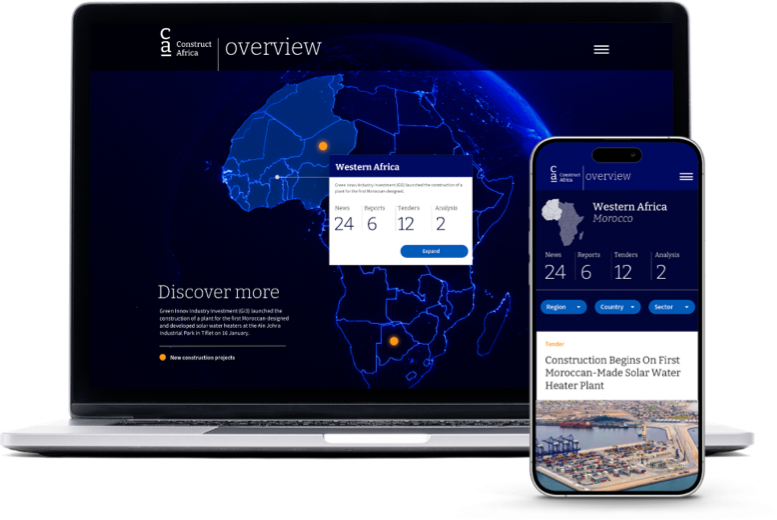Interview: Hasnaine Yavarhoussen, Groupe Filatex
FreeThe CEO of Madagascar’s top private power producer says electrification is a tremendous opportunity in the country.
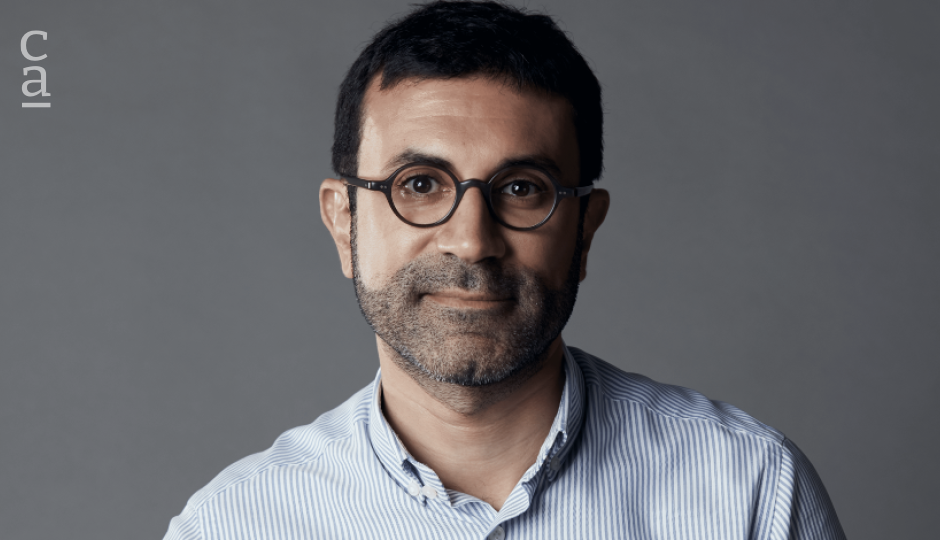
Collaboration between the public and private sectors is key to facilitating Madagascar’s push to achieve universal access to electricity, says Hasnaine Yavarhoussen, CEO of the local Groupe Filatex.
Established in 1979, the group is the country’s leading private electricity producer, accounting for more than 40% of national production.
“Our mission is to produce enough energy for all Malagasy people, while accelerating the shift towards a clean, sustainable and autonomous energy future,” says Yavarhoussen in an exclusive interview with ConstructAfrica. “We aim to reduce the country's dependence on imported fossil fuels, improve energy access and stability, and promote affordable green solutions.”
Under Madagascar’s Mission 300 national energy compact, which outlines targets set by the government to scale up electricity access, increase the use of renewable energy and attract private capital by 2030, access to electricity is envisaged to jump to 80%, meaning an average of 2.2 million people gaining access every year up to 2030.
The compact was presented at the Africa Energy Summit in late January in Tanzania and is part of the Mission 300 initiative, which is being jointly rolled out by the African Development Bank (AfDB), World Bank, Rockefeller Foundation, Global Energy Alliance for People and Planet (GEAPP), and Sustainable Energy for All (SEforALL), as well as other global partners including the African Union, UN and regional development banks. The World Bank and AfDB have committed US$48 billion for the programme, along with US$7 billion from other development partners. A total of 17 countries including Madagascar have presented energy compacts so far.
Under Madagascar’s compact, renewables capacity is set to grow by 893MW by 2030, with 560MW of this to come from solar projects by 2028. The government has committed to continuing efforts to hybridise all thermal power plants with solar power in the short term – expected to require up to 600MW of capacity – and to collaborate with the private sector to accelerate renewables projects, including investments in the commercial and industrial (C&I) sector, facilitated by rigorous interconnection policies.
The authorities are looking to mobilise US$7.2 billion in financing to meet the objectives of the energy compact, with 10% of this to come from state coffers, 30% from loans and grants from development partners, and 60% from the private sector.
“At Groupe Filatex, we see this mission as a tremendous opportunity for all of Madagascar's economic players,” says Yavarhoussen. "Madagascar's energy sector is undergoing a major transformation [and] the private sector is resolutely committed to this transformation. We are pleased to see a growing number of innovative partnerships between public and private players, each contributing its expertise and resources to accelerate access to energy. We firmly believe collaboration between all players is essential to harmonise efforts. Working hand in hand with local institutions and communities enables us to make concrete progress towards universal access to electricity."
Yavarhoussen believes Madagascar's exceptional renewable potential places it in a leading position for a clean energy transition. Groupe Filatex is accordingly involved in a portfolio of renewables projects across the country’s major cities, with either the first phase completed or currently underway.
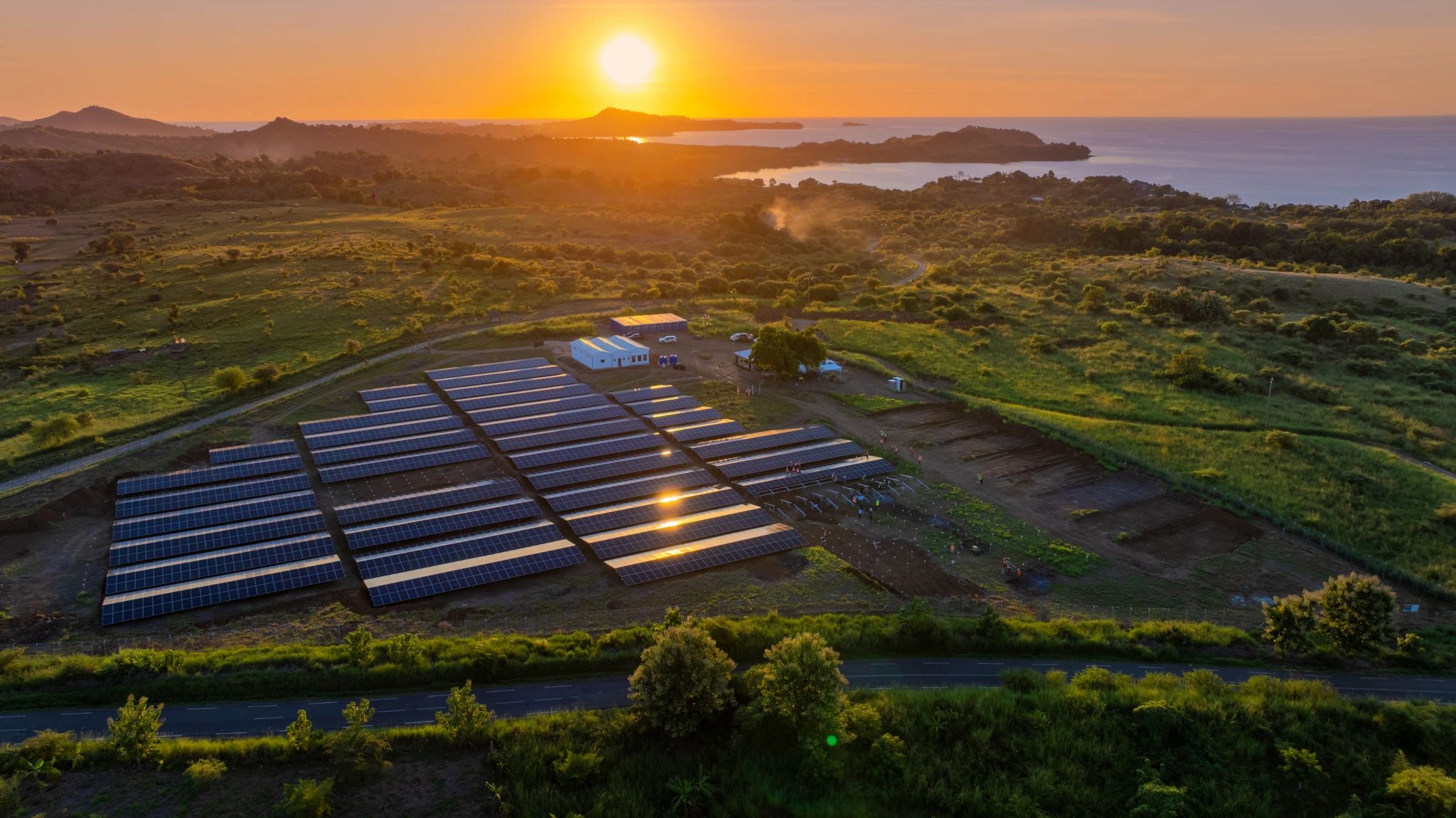
Source: LinkedIn
On the northwestern island of Nosy Be, construction is underway on a 5MW ground-mounted solar plant, scheduled for delivery by September. The plant is set to significantly strengthen the island’s energy autonomy while supporting its tourism-driven economy, says Yavarhoussen.
In the capital region of Antananarivo, Groupe Filatex is developing the 40MW Moramanga solar project, while the Oursun ZFI rooftop solar project is planned to provide 11MW to support industrial activity in the group’s Ambohimangakely free trade zone.
“Construction is expected to begin by the end of October/November [on the Oursun scheme], with roofing refurbishment already underway to prepare for installation,” says Yavarhoussen. “In addition to these, Groupe Filatex is also operating two large-scale hybrid power plants located in Mandroseza and Antsirabe, which together generate 52.5MW of solar energy, making the capital region the epicentre of Madagascar’s renewable energy shift.”
Groupe Filatex is also expanding into wind energy, with a first-phase project of 120kW currently underway in the northern city of Diego, representing a promising step toward diversifying the country’s renewable energy mix, notes Yavarhoussen.
“Our current energy projects in the Antananarivo region, Tulear [and] Nosy Be are concrete examples of how the private sector can contribute effectively to the electrification of the country,” says the CEO. “These achievements prove the objectives of Mission 300 are not only achievable, but can even be surpassed through strengthened public-private collaboration.
“There are challenges, but they are surmountable. Rapid growth in demand calls for increased investment and infrastructure modernisation, while isolated rural areas require adapted solutions such as mini-grids and solar kits.”
Apart from its main focus on renewable energy development, Groupe Filatex is also involved in industrial free zones and real estate projects.
“Industrial free zones and real estate are powerful levers for economic diversification in Madagascar,” says Yavarhoussen. “We are strong advocates of these sectors and continue to invest in making the country a competitive industrial and commercial hub in the region.”
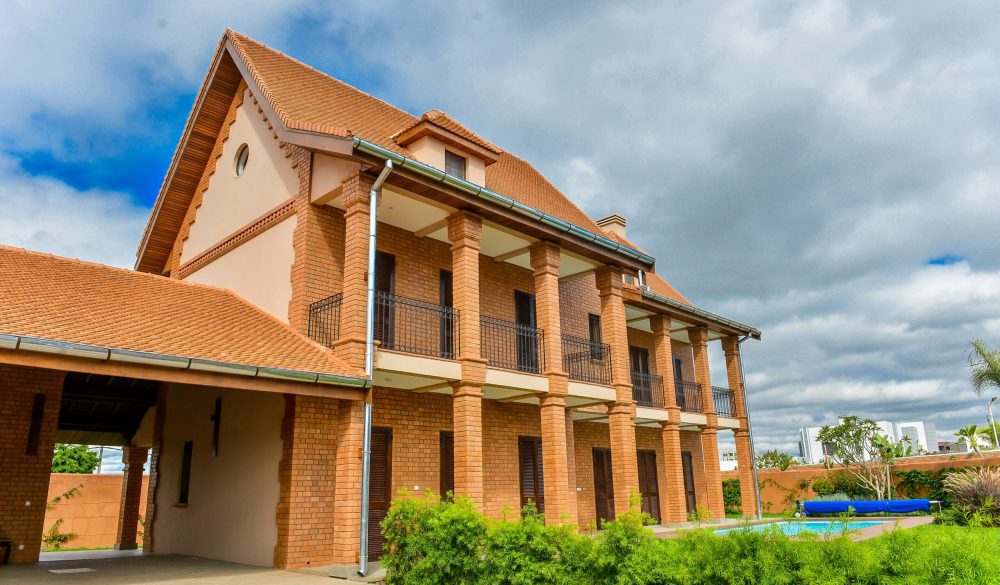
Source: Group
The group is currently developing major residential programmes such as the Jardin de Vega gated community project in Antananarivo, along with several villa and apartment schemes such as the Trano Gasy luxury villa project and Eden Villas.
“These projects aim to meet the growing demand for quality housing while generating local employment and urban vitality,” says Yavarhoussen. “Many other developments like [the] Ventana [apartment building] and Alhambra [villa development in Ankandimbahoaka], and Grand Hôtel Urban have already been delivered.”
“One of the key needs we have identified and are actively addressing is the shortage of high-end housing, especially in urban centres. This is a crucial factor in attracting and retaining investors, executives and international partners. Groupe Filatex has made this segment a strategic priority, developing premium residential projects that meet international standards while contributing to the urban appeal of Madagascar’s main cities.”
“But Groupe Filatex does more than just build properties,” notes Yavarhoussen. “We design and shape entire urban districts that are sustainable, inclusive and socially connected. Our ambition is to create integrated living environments that improve quality of life, foster community ties and contribute to the long-term transformation of Madagascar’s urban landscape.
“A good example is the Eden Apartments complex, located in the Ankorondrano district. Spread across six buildings and comprising 48 high-end apartments, the project is connected to a custom-built sanitation network, offering both enhanced comfort for residents and a reduced environmental footprint.”
Yavarhoussen acknowledges that there are challenges in Madagascar’s real estate sector, especially in terms of land access and skilled labor. “[But] we are making steady progress,” he says. “Public-private collaboration is strengthening and our integrated approach allows us to deliver projects that are not only functional, but also inclusive and sustainable.”
In parallel, Groupe Filatex is investing heavily in industrial free zones in Antananarivo, notably Ankadimbahoaka, with 180,000 square metres of industrial space; Ambohimangakely, which includes 16 warehouses with solar roofing, covering a total area of 144,000 sq m; and the already operational 13,750-sq-m Anosizato free zone.
These zones offer turnkey infrastructure for export-oriented industries and support job creation, urban integration and sustainable logistics, says Yavarhoussen, adding that the group’s free zones have enabled the creation of more than 39,000 jobs to date.
“The contribution of this sector to Madagascar’s development is significant. Free zones generate close to 50% of the country’s formal employment and account for nearly 20% of GDP. They represent over 7% of all foreign investment and contribute to more than one-third of national exports.”
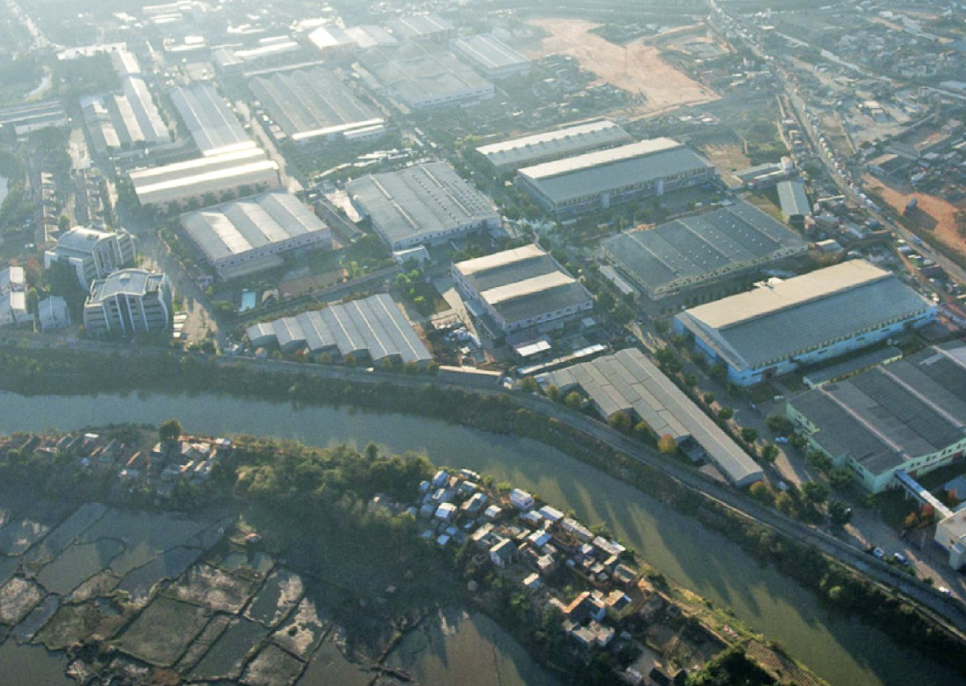
Source: LinkedIn
Yavarhoussen is bullish on the potential of Madagascar’s construction sector, pointing out that the industry is gaining momentum, driven by the growing demand for infrastructure and housing.
“We are seeing a strong commitment from both the authorities and private stakeholders to develop this market, particularly through promising public-private partnerships,” he says.
“That said, several challenges persist. The reliance on imported construction materials continues to drive up costs and the predominance of the informal sector often hampers the widespread adoption of quality standards. Limited access to financing for local developers is another significant hurdle that must be addressed.
“The future of the sector lies in innovation, from sustainable construction practices to the use of locally sourced materials and the integration of renewable energy solutions. These are the very paths we are actively pursuing in our projects, with the firm conviction that Madagascar has the potential to become a regional benchmark in this field.”
Top photo: Hasnaine Yavarhoussen (Source: Groupe Filatex)
Discover
myConstructAfrica
Your one-stop-shop for information and actionable intelligence on the construction and infrastructure pipeline in African countries
- News, analysis and commentary to keep up-to-date with the construction landscape in Africa.
- Industry Reports providing strategic competitive intelligence on construction markets in African countries for analysts and decision-makers.
- Pipeline Platform tracking construction and infrastructure project opportunities across Africa from conception to completion.
- Access to contact details of developers, contractors, and consultants on construction projects in Africa.
- News and analysis on construction in Africa.
- Industry Reports on construction markets in African countries.
- Pipeline platform tracking construction and infrastructure projects in Africa.
- Access to contact details on construction projects in Africa.
